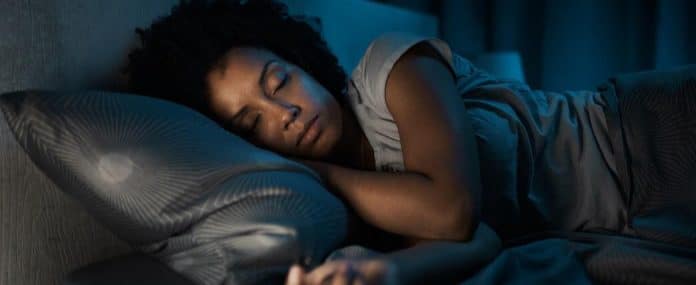Are you tired of tossing and turning all night, counting sheep until the sun comes up? Well, forget about lavender-scented pillows and white noise machines, because the power of red light is here to save the day – or should I say, the night! Move over, Sandman, there’s a new sleep-inducing superhero in town, and it’s not wearing a cape – just a warm, soothing glow. So snuggle up, dim the lights, and get ready to dream of all the sheep you won’t have to count anymore.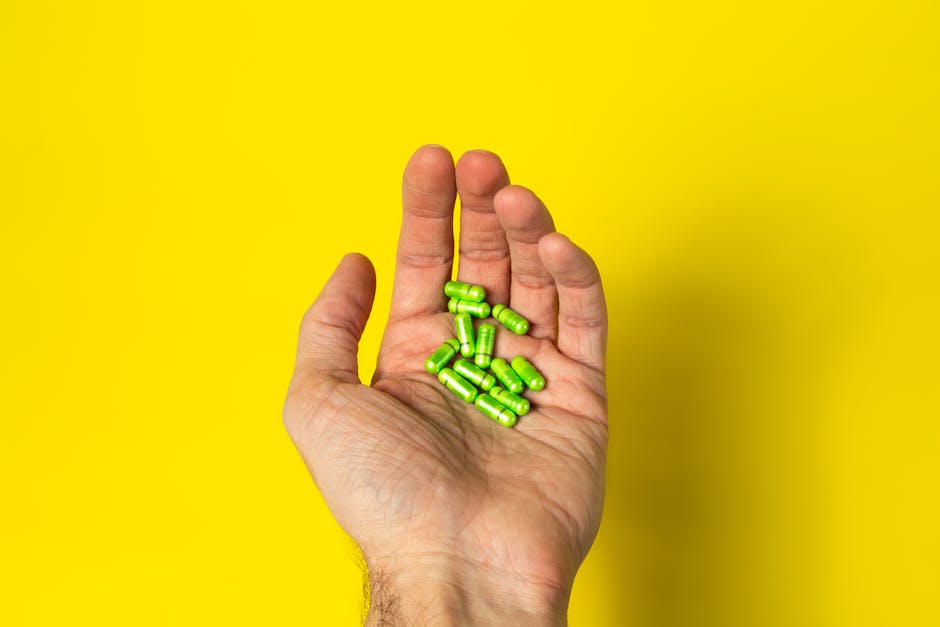
Benefits of Red Light Therapy for Improving Sleep Quality
Are you tired of tossing and turning all night, counting sheep until the sun comes up? Well, it might be time to shine a little red light on your sleep troubles. Red light therapy has been shown to improve sleep quality in ways you never thought possible.
First off, red light therapy helps regulate your body’s natural sleep-wake cycles, also known as circadian rhythms. This means no more feeling wide awake when you should be drifting off to dreamland. With red light therapy, you’ll finally be able to hit the hay at a decent hour like a responsible adult. Plus, who wouldn’t want an excuse to wear those funky red goggles to bed?
Secondly, red light therapy has been proven to reduce levels of cortisol in the body, also known as the stress hormone. Say goodbye to those late-night worry sessions about everything from work deadlines to whether your cat secretly hates you. With red light therapy, you’ll be feeling calm, cool, and collected as you drift off to dreamland.
And lastly, red light therapy can even help combat those pesky sleep disorders like insomnia and sleep apnea. No more snoring like a chainsaw or lying awake for hours on end. With red light therapy, you’ll be sleeping like a baby (minus the whole waking up every two hours thing).
Understanding How Red Light Affects Circadian Rhythms
Ever wondered why you feel sluggish and tired after being bathed in red light for too long? Let’s take a deep dive into how this specific hue affects our circadian rhythms, shall we?
First off, red light has been shown to disrupt the production of melatonin, the magical sleep hormone that guides our bodies into dreamland. So, if you find yourself tossing and turning at night, it might be time to reconsider those crimson-hued nightlights.
Additionally, red light has a sneaky way of tricking our brains into thinking it’s daytime, even in the wee hours of the morning. This can throw off our internal clocks and leave us feeling like we’re stuck in a perpetual state of jet lag.
So next time you’re thinking about swapping out your bedroom’s soft white lighting for a bold red glow, maybe think twice. Your circadian rhythms will thank you – and hopefully reward you with some much-needed beauty sleep!
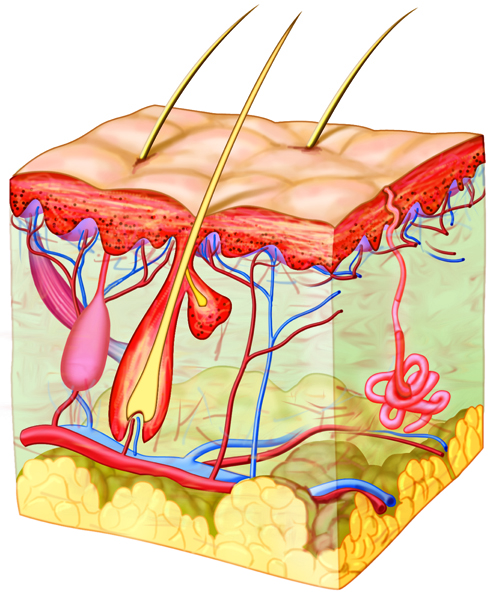
Promoting Melatonin Production with Red Light Exposure
Ever wonder how to boost your melatonin levels without taking supplements? Look no further! Red light exposure has been shown to promote melatonin production in the body. So, ditch the pills and let the red light shine!
But wait, how exactly does red light help with melatonin production? Well, when red light hits your skin, it stimulates the production of a key enzyme that converts tryptophan into serotonin, which in turn gets converted into melatonin. It’s like a well-oiled melatonin-making machine!
So, how can you incorporate red light exposure into your daily routine? Here are some easy ways to sneak in some red light therapy:
- Invest in a red light therapy device for at-home use.
- Get outside and soak up the sun’s red light (just don’t forget your sunscreen!)
- Switch out your regular light bulbs for red light bulbs in your bedroom.
So, the next time you’re tossing and turning at night, don’t reach for the melatonin pills. Instead, bask in the red light and let your body do its natural melatonin-producing magic!
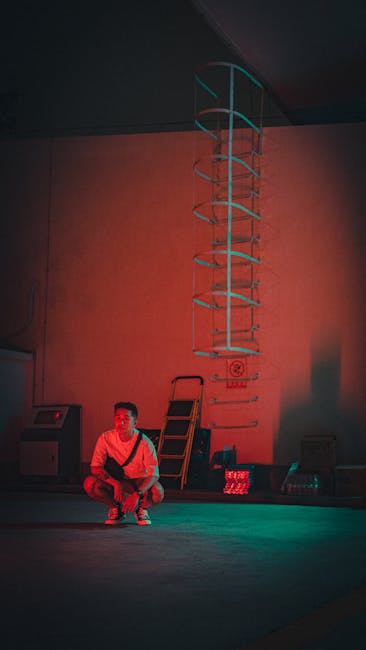
Red Light’s Ability to Reduce Insomnia and Restlessness
Have you ever tossed and turned all night, trying to find that perfect position to finally fall asleep? Well, say goodbye to those sleepless nights because red light is here to save the day (or the night, rather)! This magical light has the power to calm your mind and body, gently lulling you into a peaceful slumber.
Thanks to red light therapy, your restless legs and racing thoughts will be a thing of the past. Imagine snuggling up in bed, surrounded by a warm, soothing glow that whispers, “It’s time to relax, my friend.” You’ll drift off into dreamland faster than you can say “goodnight moon.”
But wait, there’s more! Red light doesn’t just zap insomnia away – it also helps improve the quality of your sleep. No more waking up feeling like a zombie in desperate need of caffeine. With red light by your side, you’ll wake up refreshed and ready to take on the day (even Mondays won’t stand a chance!).
So, if you’re tired of counting sheep and tossing in bed like a restless sea captain, give red light therapy a try. Your body and mind will thank you, and you’ll finally get the beauty sleep you deserve. Say goodbye to sleepless nights and hello to peaceful dreams with red light.
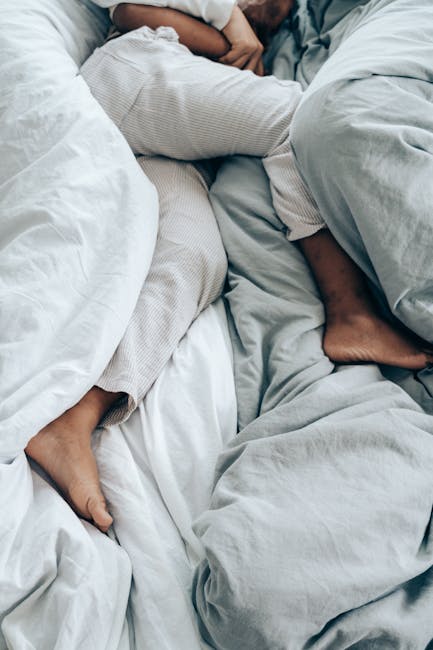
Optimizing Sleep Environment with Red Light Devices
Are you tired of tossing and turning all night? Are you sick of counting sheep until the sun comes up? Well, say goodbye to sleepless nights and hello to the red light revolution! With red light devices, you can optimize your sleep environment and finally get the restful night’s sleep you deserve.
So how exactly does red light help you catch those z’s? It’s all about melatonin, baby. Red light helps stimulate the production of melatonin, the hormone responsible for regulating your sleep-wake cycle. This means that with a red light device, you can say goodbye to those pesky sleep disruptions and hello to a blissful night of uninterrupted slumber.
But wait, there’s more! Not only does red light help improve your sleep quality, but it also has a whole host of other benefits. From reducing inflammation to improving your mood, red light is like a magical sleep elixir that keeps on giving. So why not give it a try and transform your bedroom into a red light sanctuary?
With the power of red light devices, you can banish those restless nights and wake up feeling refreshed, rejuvenated, and ready to take on the day. So what are you waiting for? Say goodbye to sleepless nights and hello to the sweet embrace of a bedtime bathed in red light.
The Science Behind Red Light’s Impact on Sleep Patterns
Red light is like a sneaky ninja when it comes to messing with our sleep patterns. It has a way of creeping into our bedrooms and disrupting our circadian rhythm faster than you can say “goodnight.” But fear not, fellow sleep warriors, for science is here to shed some light (pun intended) on why red light has such a powerful impact on our precious shut-eye.
One of the main culprits behind red light’s disruptive behavior is its wavelength. Red light falls at the longer end of the visible light spectrum, making it more likely to penetrate the eyelids and stimulate the photoreceptor cells in our retinas. This stimulation tricks our brains into thinking it’s daytime, suppressing the production of melatonin – our sleepy hormone.
But wait, there’s more! Red light also has the superpower of increasing alertness and cognitive performance, making it even harder for us to drift off into dreamland. So, next time you find yourself tossing and turning in bed, blame it on those sneaky red light wavelengths wreaking havoc on your sleep cycle.
So, what’s the key to combatting red light’s villainous ways? Well, investing in some blackout curtains or sleep masks can help block out those pesky red rays and create a more conducive sleep environment. And remember, friends, when it comes to getting a good night’s rest, it’s all about outsmarting the red light ninja lurking in the shadows.
Practical Tips for Incorporating Red Light Therapy into Your Bedtime Routine
So, you’ve decided to spice up your bedtime routine with some red light therapy. Here are a few practical tips to help you seamlessly incorporate this new addition into your nightly ritual:
- Set the Mood: Create a relaxing atmosphere in your bedroom by dimming the lights and playing some soothing music. Think of it as setting the stage for your red light therapy performance.
- Timing is Key: To reap the full benefits of red light therapy, it’s best to use it consistently at the same time each night. So, set a reminder on your phone or tie a string around your finger – whatever works for you!
- Don’t Overdo It: Like a good skincare routine, moderation is key. Start with just a few minutes of red light therapy each night and gradually increase the time as needed. You don’t want to end up looking like a lobster!
Remember, the goal is to relax and unwind, not stress yourself out with a complicated routine. So, keep it simple, enjoy the soothing benefits of red light therapy, and get ready for some seriously sweet dreams!
FAQs
How does red light help improve sleep quality?
Red light helps improve sleep quality by promoting the production of melatonin, the hormone responsible for regulating sleep. It also helps to reduce the levels of cortisol, the stress hormone that can keep you up at night. So, switch off that harsh white light and bask in the soothing glow of red light for better zzz’s!
Is red light therapy safe to use for better sleep?
Yes, red light therapy is safe to use for better sleep. Just make sure to use a red light device that emits the appropriate wavelength and intensity of light. And of course, don’t go staring directly into the red light for extended periods of time – save that for your next rave party!
Can I just use a red light bulb in my bedroom for better sleep?
Absolutely! Swapping out your regular light bulb with a red one can definitely help improve your sleep quality. Just be sure to choose a red light bulb that is specifically meant for promoting better sleep. And hey, who knows? It might even set the mood for a romantic evening… with sleep.
How long should I expose myself to red light before bedtime?
Ideally, you should expose yourself to red light for at least 30 minutes to an hour before bedtime. This will give your body enough time to start producing melatonin and winding down for a restful night’s sleep. So dim the lights, cue up some relaxing music, and get ready to sleep like a baby – a baby who doesn’t wake up crying every two hours.
Can red light therapy help with other sleep issues, like insomnia?
Yes, red light therapy can help with other sleep issues, such as insomnia. By promoting the production of melatonin and reducing cortisol levels, red light can help regulate your sleep-wake cycle and improve overall sleep quality. So say goodbye to those sleepless nights and hello to a well-rested, refreshed you!
—
Lights out, red on!
So there you have it, folks! The power of red light for better sleep is no joke. Say goodbye to tossing and turning all night, and hello to a peaceful slumber under the calming glow of red light. From setting the mood for sleep to regulating your body’s internal clock, red light is truly a sleep superhero. So next time you’re struggling to catch those Z’s, remember, just switch on the red and let the magic happen. Sweet dreams, everyone!

